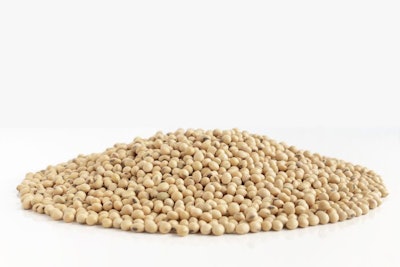
2 projections on the future on soy products
In a recent conversation with Philip Lobo, director of feed utilization at the United Soybean Board, I was told about the new California mandate regarding the inclusion of 20% biodiesel starting next year (Source: Chemical and Engineering News).
Considering the state of California is the fifth largest economy in the world (Source: CBS News, IMF), this means a great amount of biodiesel is going to be produced in the U.S. And, we all know that in the States, a big portion of biodiesel will come from crushing soybeans for oil that will be converted into biodiesel. From this, I can offer two personal projections regarding the future of soy products.
- The price of soybean oil will increase to the point it will become near impossible to use but in the most critical animal feeds (piglets, young broilers, etc.). That means, the price of other lipids (vegetable or animal based) will also increase (Source: Wall Street Journal). In turn, if the price of corn continues to remain high, energy will become super expensive in animal feeds and agro-industrial byproducts will become more interesting in the States. Here, experiences from Europe can help direct nutritionists. In contrast, if corn prices drop (but why, if more farmers switch to soybeans and corn exports remain high), then less lipids in general will be used in animal feeds. This means a drop of energy concentration, and increase (worsening) of feed conversion rate.
- Given the projected abundance of soybeans grown to produce oil in the States, the remaining soybean meal will have to either be exported or used domestically. In either case, its price will be reduced and using higher inclusion rates in animal feeds will become even more interesting. Given the current disruption in feed-grade amino acids supply, nutritionists in the U.S. are already investigating soybean meal for use in the future and re-learning how to use high levels of it. A bit of education to younger-generation nutritionists will be needed as graduate schools have focused on low-protein diets for the past 30 years.
At any rate, the phrase that comes to my mind is “back to the future.” Back to times when soybean meal and a bit of L-Lysine HCl was all we had to formulate great corn-soy diets for pigs and poultry. It is going to be an interesting time.
















